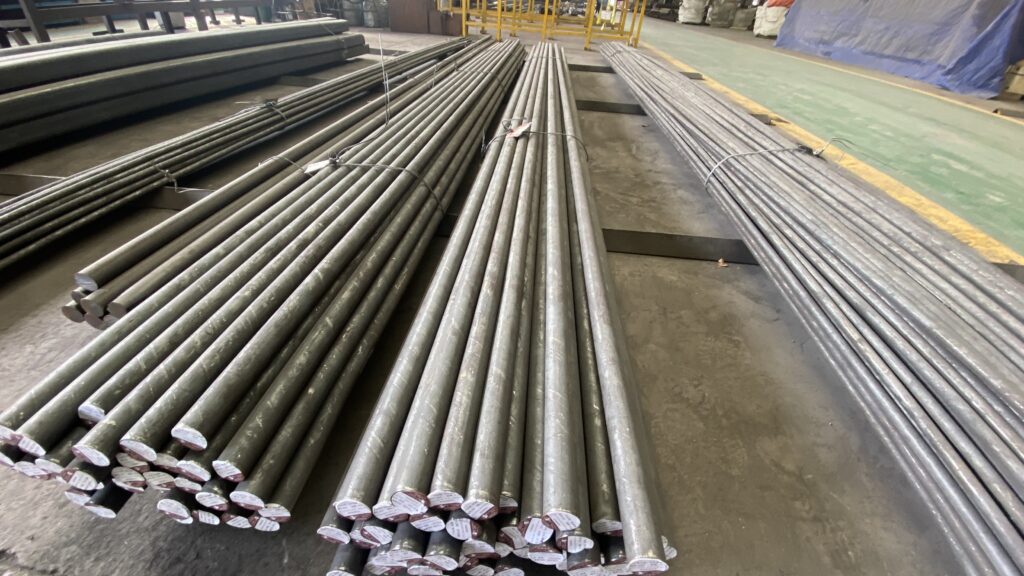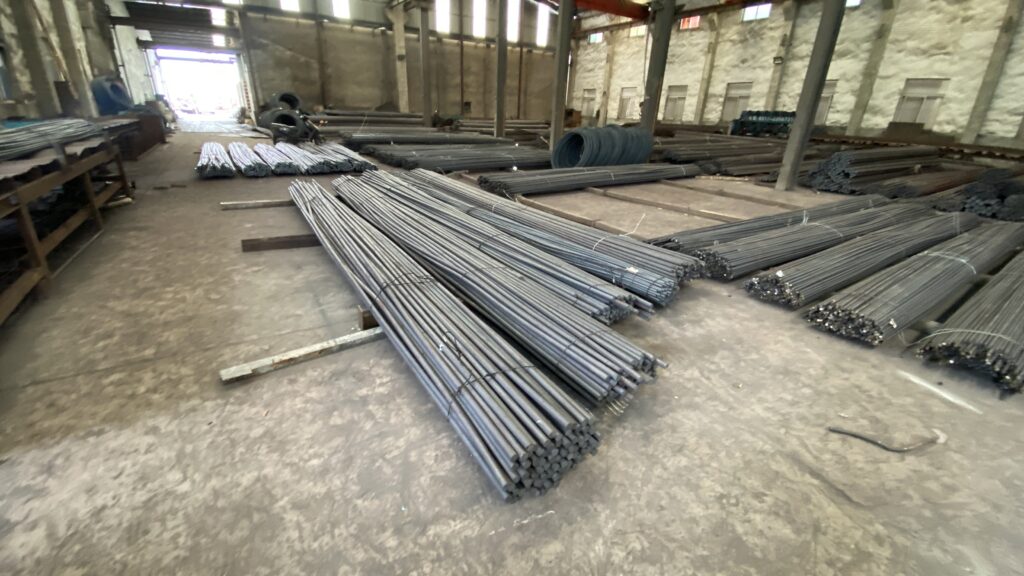Welcome to My Blog!
Before we dive into the content, I’d love for you to join me on my social media platforms where I share more insights, engage with the community, and post updates. Here’s how you can connect with me:
Facebook:https://www.facebook.com/profile.php?id=100090063158454
Now, let’s get started on our journey together. I hope you find the content here insightful, engaging, and valuable.
Introduction

Understanding 304 Stainless Steel
304 stainless steel is renowned for its corrosion resistance, durability, and aesthetic appeal, making it a popular choice in various applications, from kitchen equipment to industrial machinery. To ensure that 304 stainless steel retains its optimal performance and appearance over time, proper maintenance is essential. In this blog, we will delve into effective strategies for maintaining 304 stainless steel, addressing common concerns, and answering frequently asked questions.
304 stainless steel is an austenitic stainless steel alloy that primarily consists of iron, chromium (about 18%), and nickel (about 8%). Its composition contributes to its excellent corrosion resistance and ability to withstand various environmental conditions. The alloy’s versatility makes it suitable for a wide range of applications, but its maintenance is crucial for longevity.
Key Properties of 304 Stainless Steel
Before diving into maintenance techniques, it’s important to recognize the properties that make 304 stainless steel valuable:
- Corrosion Resistance: Highly resistant to oxidation and corrosion.
- Strength: Offers good mechanical strength.
- Formability: Easy to fabricate and weld.
- Aesthetic Appeal: Attractive finish that can be polished.
Table 1: Key Properties of 304 Stainless Steel
| Property | Value |
|---|---|
| Composition (Cr) | 18% |
| Composition (Ni) | 8% |
| Density | 8.0 g/cm³ |
| Melting Point | 1400-1450°C |
| Ultimate Tensile Strength | 520 MPa |
Regular Cleaning Practices
Regular cleaning is the cornerstone of maintaining 304 stainless steel. Here are some effective cleaning practices:
Use Mild Detergents
When cleaning 304 stainless steel surfaces, opt for mild detergents mixed with warm water. Avoid harsh chemicals that can damage the surface finish.
Soft Cloths and Non-Abrasive Sponges
Utilize soft cloths or non-abrasive sponges to avoid scratching the surface. Abrasive materials can lead to micro-scratches, compromising the material’s appearance.
Rinse Thoroughly
After cleaning, rinse the surface thoroughly with clean water to remove any detergent residue, which can cause spotting or corrosion over time.
Dealing with Stains and Spots
Even with regular maintenance, stains can occur. Here’s how to effectively handle them:
Use Baking Soda Paste
For stubborn stains, a paste made of baking soda and water can be applied. Gently rub the paste onto the stained area and rinse well afterward.
Vinegar for Water Spots
For water spots, white vinegar can be used. Spray it on the affected area, let it sit for a few minutes, and then wipe it off with a soft cloth.
Avoid Chloride-Based Cleaners
Chloride-based cleaners can cause pitting corrosion. Always check the labels before use and opt for safe alternatives.
Table 2: Common Stains and Cleaning Solutions
| Stain Type | Recommended Cleaning Method |
|---|---|
| Fingerprints | Mild detergent and soft cloth |
| Rust | Baking soda paste |
| Water spots | White vinegar |
| Grease | Mild detergent and warm water |
| Food residue | Soft sponge and detergent solution |
Preventive Measures
Preventing corrosion and damage to 304 stainless steel is as important as cleaning it. Consider these measures:
Avoid Exposure to Harsh Environments
If possible, limit exposure to harsh chemicals and environments that may promote corrosion, such as chlorine or high humidity.
Protective Coatings
Applying a protective coating can help enhance the longevity of 304 stainless steel, especially in industrial settings.
Regular Inspections
Conduct periodic inspections to identify any signs of wear or corrosion early. Addressing issues promptly can prevent further damage.

Conclusion
Maintaining 304 stainless steel requires a combination of regular cleaning, proper handling, and preventive measures. By implementing these strategies, you can ensure that your 304 stainless steel products remain in excellent condition for years to come. Understanding the properties and vulnerabilities of 304 stainless steel will empower you to make informed decisions about its care.
FAQ
How often should I clean 304 stainless steel?
It’s recommended to clean 304 stainless steel surfaces regularly, ideally every few weeks, depending on usage.
Can I use bleach on 304 stainless steel?
No, bleach can cause pitting and corrosion. Stick to mild detergents and avoid harsh chemicals.
What is the best way to remove scratches from 304 stainless steel?
While minor scratches can be minimized with a polishing compound, deeper scratches may require professional refinishing.
Is 304 stainless steel suitable for outdoor use?
Yes, 304 stainless steel can be used outdoors, but regular maintenance is crucial to prevent corrosion from environmental exposure.
How can I improve the shine of my 304 stainless steel?
You can enhance the shine by using a stainless steel cleaner or a mixture of vinegar and water, followed by buffing with a soft cloth.
By adhering to these guidelines and being proactive about maintenance, you can ensure the ultimate longevity and performance of your 304 stainless steel products.
